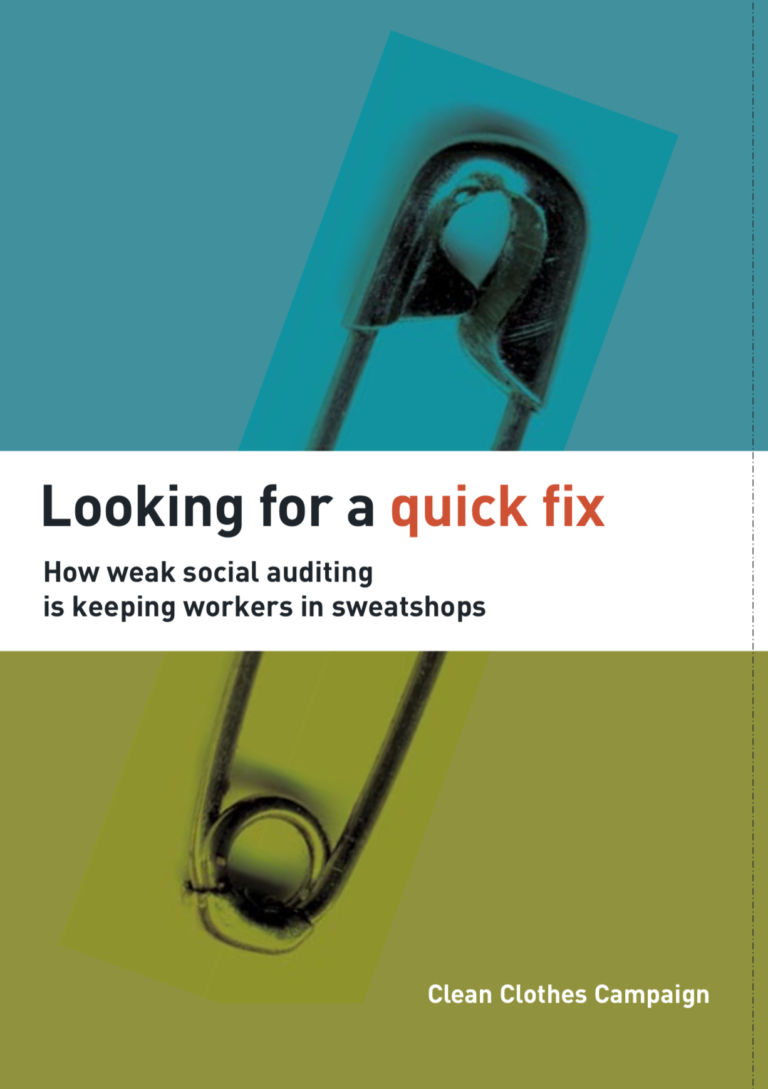Contemporary Forms of Slavery Affecting Persons Belonging to Ethnic, Religious and Linguistic Minority Communities – Report of the Special Rapporteur on Contemporary Forms of Slavery, Including Its Causes and Consequences, Tomoya Obokata
PublicationsThe present report of the Special Rapporteur on contemporary forms of slavery, including its causes and consequences, Tomoya Obokata, is submitted pursuant to Human Rights Council resolution 42/10. The report is focused on contemporary forms of ...Read More

